
Preventing overdose, recognizing the signs of an overdose, and knowing how to respond can save lives. Learn how and when to use naloxone and find supervised consumption services in your community.
If you use drugs, take steps to reduce overdose risk:
Signs of overdose may include:
TPH provides programs and services to reduce drug-related harm for people who take drugs, including preventing the spread of communicable diseases. Learn more about services for people who use drugs.
Find a full list of agencies that offer harm reduction supplies and services across Toronto.
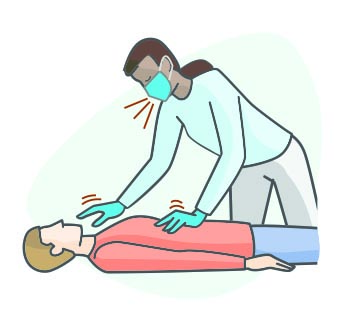
Shout their name and shake their shoulders.
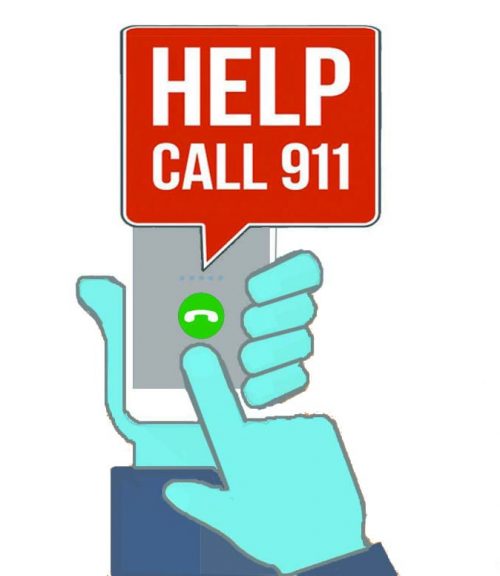
If the person is unresponsive, call 9-1-1 immediately.
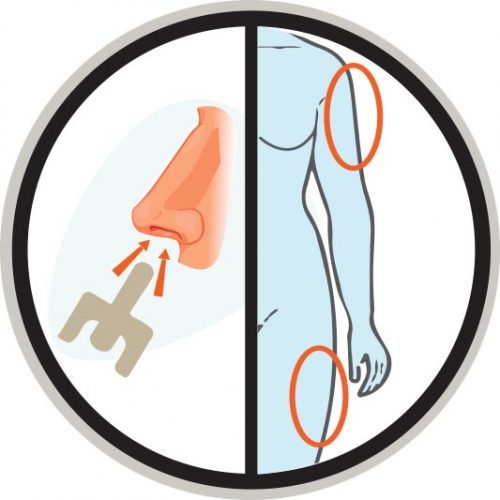
1 spray into the person’s nostril and/or 1 ampoule into the person’s arm or leg.
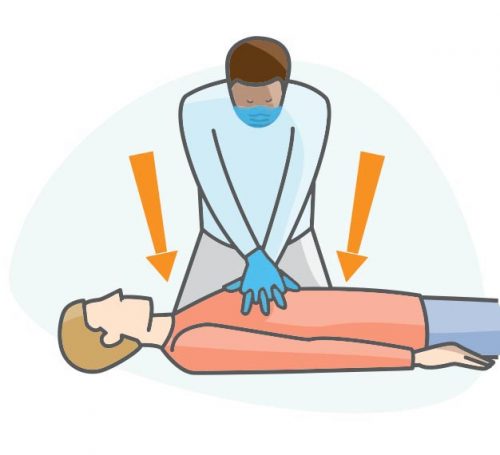
Do chest compressions and/or rescue breathing.
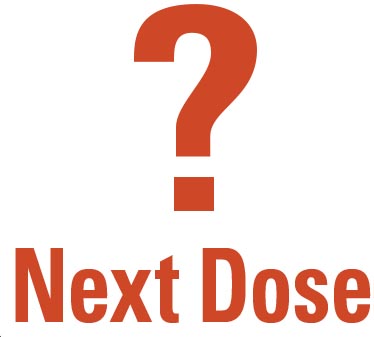
If there is no improvement in 2 – 3 minutes, repeat steps 3 & 4.
Download the 5 Step Overdose Response (English) poster, also available in multiple languages:
You can tell Toronto Public Health about a bad reaction to unregulated drugs or an overdose that happened by emailing drugstrategy@toronto.ca. Emails will be kept confidential, and the information will be used by staff at Toronto Public Health to inform harm reduction actions. If you would like someone to contact you, please provide your contact information in the email.
If you would like to know what is in your drugs, learn more about the Toronto Drug Checking Service.